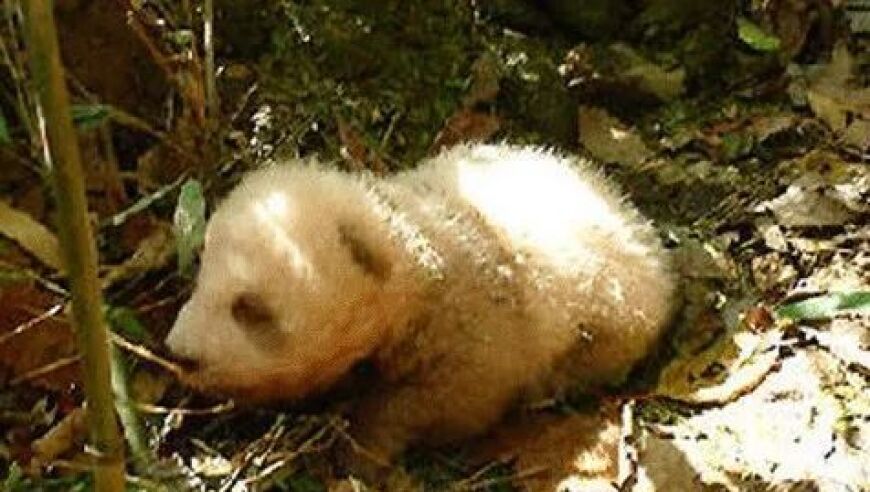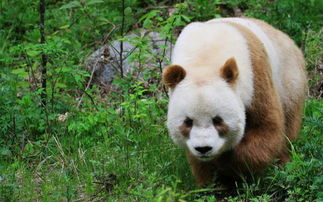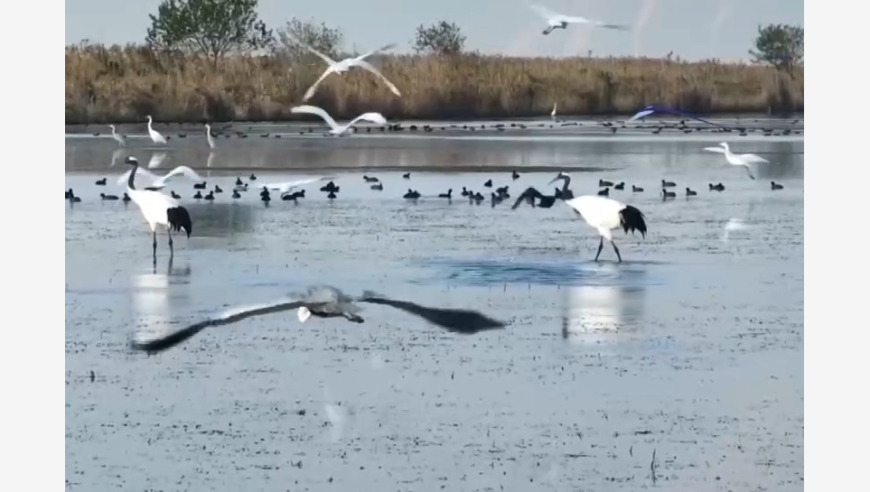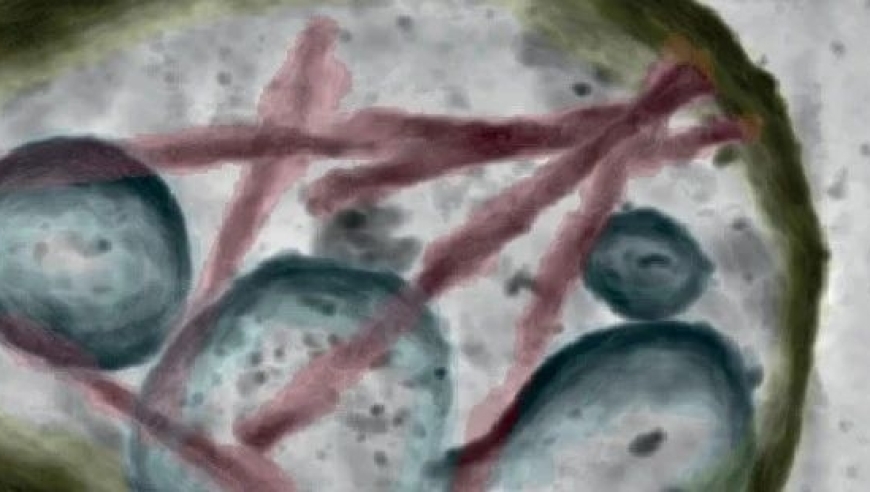
生活并不总是黑白分明的,大熊猫也不例外。
Life is not always black and white, and pandas are no exception.
一直以来,中国的科学家和公众都对大熊猫七仔(唯一的圈养棕白色大熊猫)着迷,这是一只极其罕见的棕白色大熊猫,于2009年11月1日被发现于陕西秦岭佛坪国家自然保护区,当时它被父母遗弃。目前现居住于陕西省秦岭四宝科学公园。自1985年首次发现以来,迄今只有七只棕白色大熊猫被记录在案,而且它们全部来自陕西秦岭山脉。
Chinese scientists and the public have long been fascinated by Qizai, the only captive brown and white giant panda. This extremely rare panda was discovered on November 1st, 2009, in the Foping National Nature Reserve in the Qinling Mountains of Shaanxi Province, after being abandoned by its parents. Qizai currently resides in the Qinling Sibao Animal Protection Park in Shaanxi Province. Since its first discovery in 1985, only seven brown and white giant pandas have been recorded, all from the Qinling Mountains in Shaanxi Province.

2024年3月4日,中国科学院动物学研究所魏辅文院士、胡义波研究员等在《美国国家科学院院刊》(PNAS)上发表了文章,研究揭示了大熊猫七仔不寻常的棕色毛发之谜。与黑白色大熊猫的毛发相比,棕白色熊猫的毛发似乎具有更少和更小的黑素体( melanosome),即负责毛发和皮肤色素沉着的细胞器。
On March 4th, 2024, Academician Wei Fuwen and researcher Hu Yibo from the Institute of Zoology of the Chinese Academy of Sciences published an article in the Proceedings of the National Academy of Sciences (PNAS), revealing the mystery of Qizai's unusual brown fur. Compared to black and white pandas, the fur of brown and white pandas seems to have fewer and smaller melanosomes, the organelles responsible for hair and skin pigmentation.
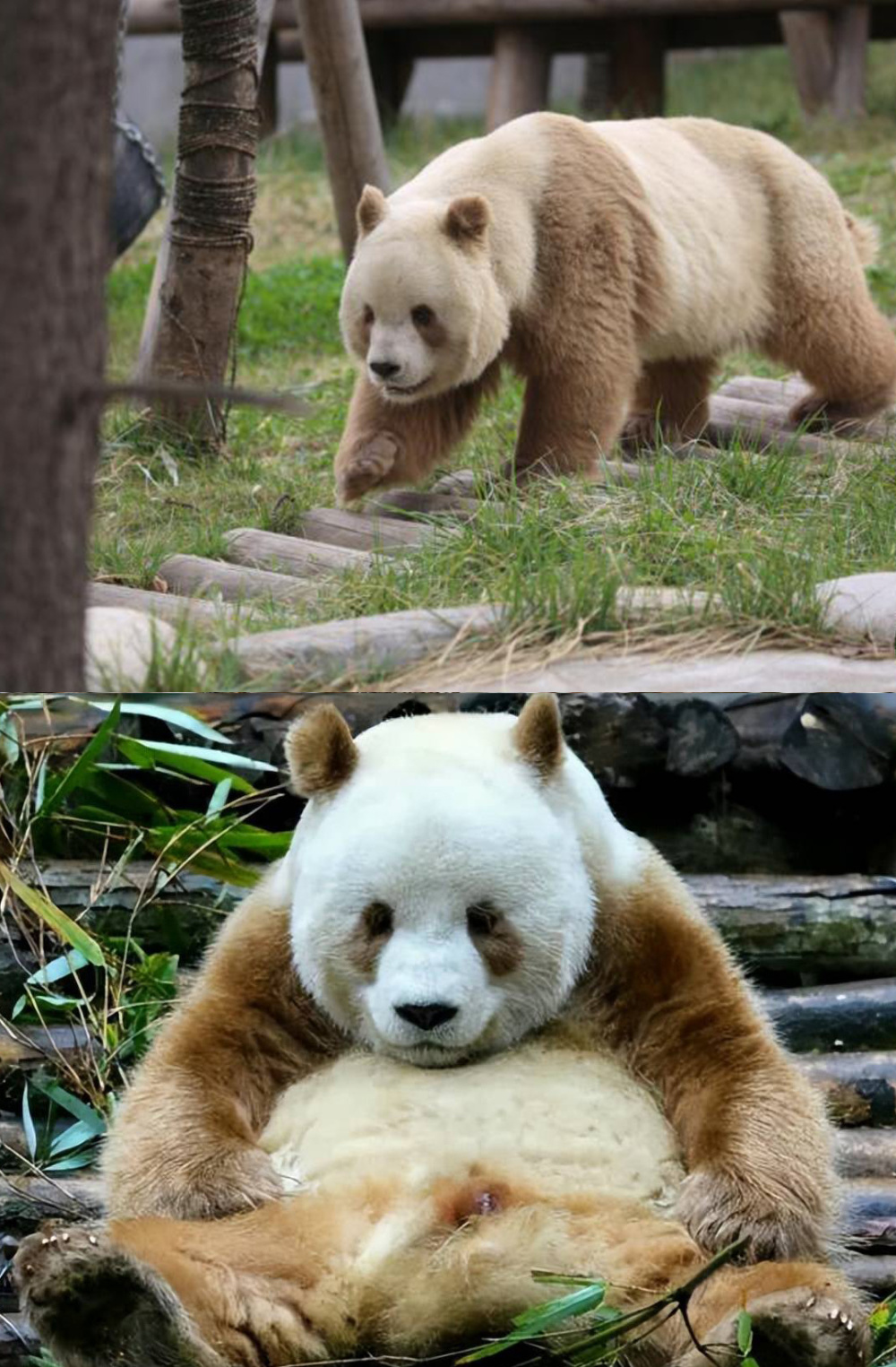
这项研究的突破之处在于发现一个基因或基因片段的缺失也可以导致毛发颜色的变化,从遗传学角度来看,这是一个全新的发现。
The breakthrough of this study lies in the discovery that the absence of a gene or gene segment can also lead to changes in hair color. From a genetic perspective, this is a completely new discovery.
:易卓
这篇论文的主要结论是,尽管大熊猫的数量有限,但它们的特殊性使得我们对其毛发颜色的研究成为了一种重要的科学探索。通过对Qizai的研究,科学家们揭示了这种毛发颜色变化的原因,这一发现不仅有助于保护大熊猫免受天敌的侵袭,还有助于理解基因组结构和功能,为未来的生物医学研究提供了新的思路。
同时,对于公众来说,这可能是一个了解野生大熊猫生活习性和保护状况的好机会。虽然大熊猫的数量仍然相对较少,但我们可以通过科研手段更好地了解这些特殊的物种,并采取适当的保护措施。
因此,我们应该鼓励更多的科学研究来探索和理解大熊猫的生物学特性,以期在保护野生动物的同时,也能从中获得更多的知识和价值。





